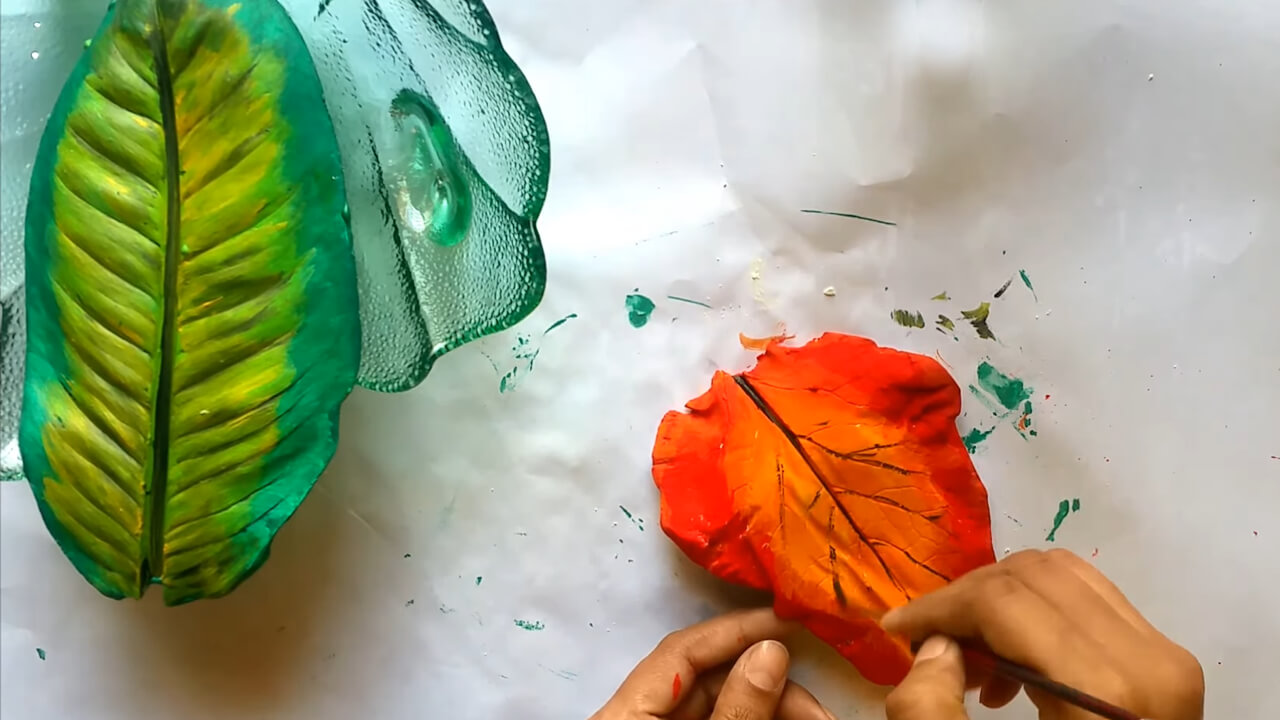Plaster of Paris Crafts to Try with Kids
Create a Plaster of Paris surface to paint on with watercolors or draw on with chalk pastels.
Working with Plaster of Paris can be a bit messy, but children who are ages eight and up can explore this medium as a new drawing or painting surface. While parents and children may be most familiar with molding figurines or paperweights with Plaster of Paris, creating a “canvas” for artwork is relatively simple.
Materials for Textured Drawings & Paintings
For either drawings or paintings, gather
- Plaster of Paris
- Disposable container for mixing (yogurt cup, etc)
- Craft stick
- Burlap or fabric screening
- Newspaper
- Optional: Wood plaque and pins to mount the final artwork
- Either watercolor paints or chalk pastels
- Spray bottle
Creating a Fresco
A fresco is a watercolor painting done onto wet plaster so the pigment becomes part of the dry plaster.
- Cut a piece of burlap or screening approximately 6” x 8” or 8” x 10”. Set onto a stack of newspaper.
- To a quarter cup of water, add half a cup of Plaster of Paris and stir with the craft stick. The result should be the consistency of pancake batter. Never allow Plaster of Paris to go down a sink drain.
- Immediately pour half of the mixture onto the fabric screen and spread. Avoid spreading the mixture to the edge of the material – leave approximately half an inch around the edge. It is okay to leave some textured swirls and bumps in the plaster. Keep the burlap or screen flat. Add a little more Plaster of Paris to cover the fabric, except for the margin.
- While the Plaster of Paris is still wet, paint a picture using watercolors. The pigment in the paints will seep into the plaster, creating long-lasting color.
- Set flat to dry. (See the package of Plaster of Paris for drying time).
- Avoid bending the painting as the newspaper is pulled away.
- Pin the corners of the fabric onto the wood plaque to display the fresco.
Creating a Secco
A fresco-secco is a fresco where the color is applied to dry plaster that is sprayed with water to simulate wet plaster. Colors will not be as bright or last as long as on a fresco. Usually a secco is a watercolor painting. For some variety, try drawing on the plaster with chalk pastels.
https://www.youtube.com/watch?v=q1OSA5xrXDk
- Follow the same steps as in the fresco, but allow the Plaster of Paris to dry.
- Spray a bit of water on the Plaster of Paris so the surface is wet.
- Draw on the damp surface with chalk pastels.
- When dry, pin the picture onto the wood plaque to display.
Some small pieces of plaster may fall away from the fabric. Consider that an effect to make the painting or drawing look like something that was part of a wall for years.
Children can try drawing or painting on wet plaster for an outcome unlike drawing on paper. They can also make impressions, such as of leaves, in the wet plaster. Whether they use watercolor paints on wet plaster or chalk pastels on dry plaster sprayed with water, children can go beyond using Plaster of Paris for molding shapes.
